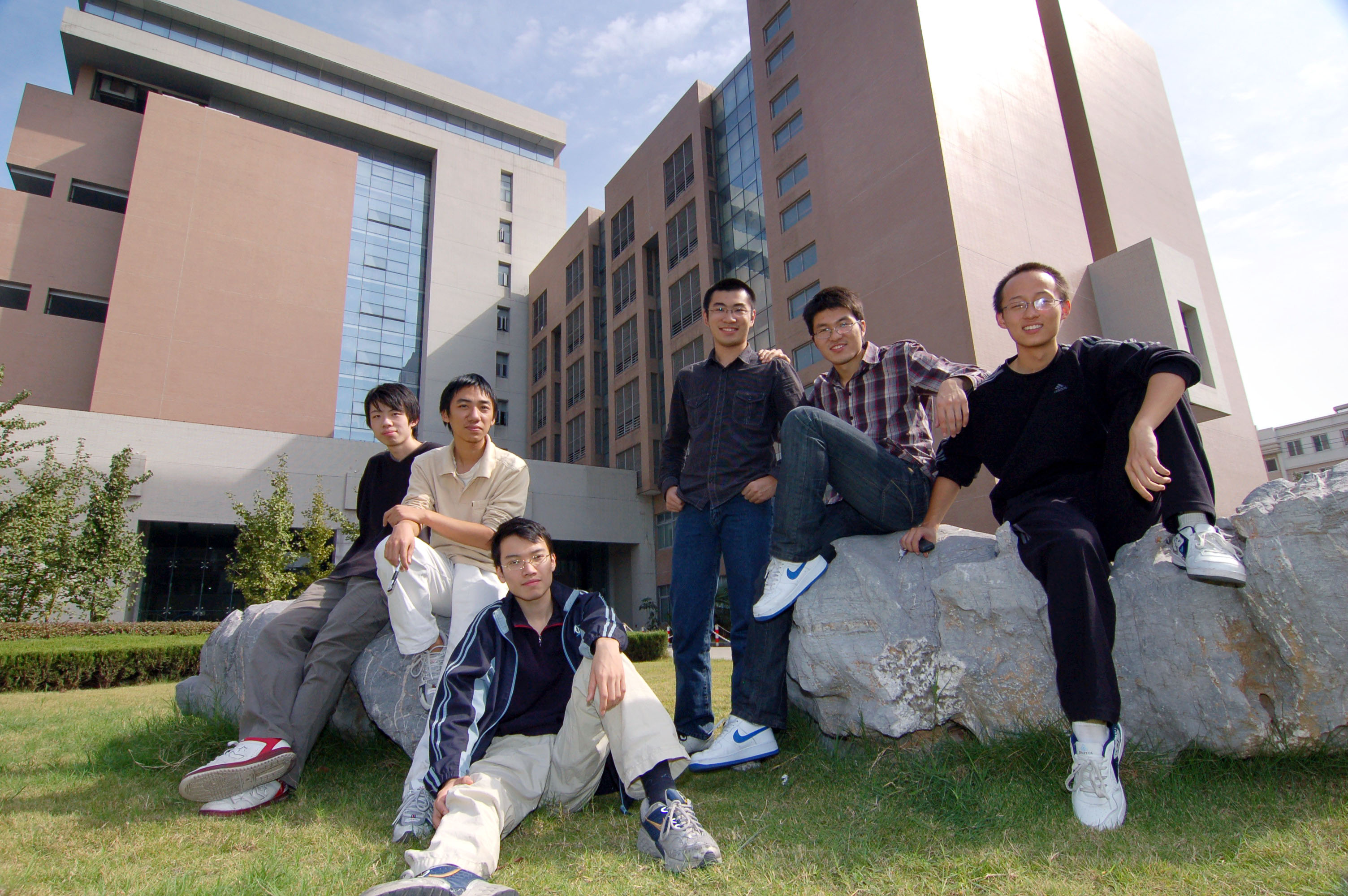Team:USTC Software/Why
From 2009.igem.org
Why
These computational tools (figure 1) are designed to facilitate the scientists in wet lab in purpose of saving time and cost. On the other hand, no matter synthetic biology standardization or biobricks registry maintenance, they provide powerful tools for engineering biological systems in lab even in future industrial factories. In other words, all the current efforts are put to serve the scientists and could never replace the intelligence of human beings who design the experiments and model.
Is it possible to move further to the steps of intelligence? Is it possible to generate the design protocol and list feasible biobricks? Is it possible to make a biological networks design a funny game even for laymen who know little about synthetic biology? Not that further, is it possible to suggest different topologies of network that can achieve desired functions? Is it possible to tune an existing network to perform new functions? Is it possible to make a biological network more robust?
Another unavoidable challenge is to fill the gap between computational design and experiment operation in lab. Is it possible to guarantee our design solution biologically significant? Is it possible to propose several “strong” examples to illustrate efficiency and truthiness of our idea?
Here, we make best endeavor to challenge these seemingly impossibilities and make them possible. We hope our software to be cradle where amazing happens. However, it’s of little significance to say whose work is more important in computational synthetic biology design. Instead, a vast of collaboration is needed between these computational scientists accompanied with traditional biologists and engineers. As we described in our flowcharts, ABCs of ABCD, relevant tools are strongly needed to cope with difficulties we meet separately.
 "
"
